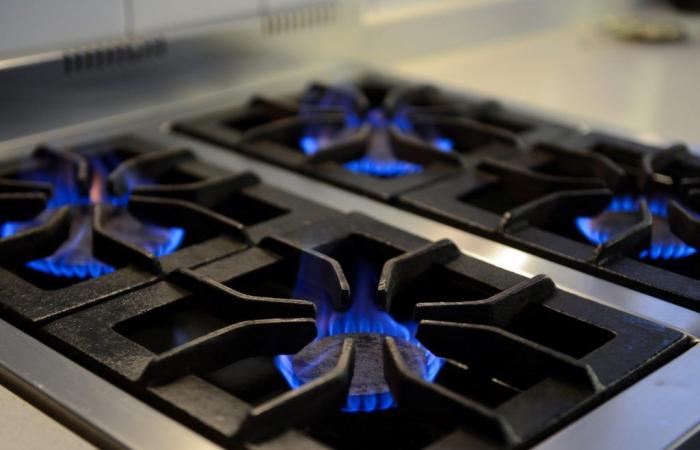Electricity and natural gas rates through networks for homes are between 4% and 40% below the 2019 average, when they reached a maximum since the exit of Convertibility. This happens despite the increases that occurred between February and June of this year, which were applied gradually for residential users and more rapidly for businesses and industries.
However, due to the effect of high inflation and the relative lag of wages in the race against prices, The rates gained a significant impact on family income.
The conclusions arise from a report carried out jointly by the consulting firms. Economy & Energydirected by Nicolás Arceo, and PxQ, by former Vice Minister of Economy Emmanuel Álvarez Agis. Both are sources of consultation in the private sector and worked in the last stage of Cristina Kirchner’s government (2012-2015) with the then minister and now governor of Buenos Aires Axel Kicillof.
The combination of consequences of rate increases, their effect on inflation and the objective of lowering public spending by reducing subsidies realizes the enormous problem for public accounts and the social sustainability of any economic model that represents the cost and accessibility of energy.
“The modification and updating of the tariff scheme for the network gas and electricity service could have a joint impact on the June Consumer Price Index (CPI) of between 0.7 and 0.9 percentage points“reveals the report.
The Government will tolerate almost 1 point more inflation this monthwhich may lead to the end of the streak of 5 consecutive months of price deceleration, to obtain tax savings for the equivalent of 2,939 million dollarswhich would help him close 2024 with the account of subsidies in US$ 6,744 million or 1% of the Gross Domestic Product (GDP)compared to US$ 9,683 million last year (1.5% of everything produced in the country in 2023).
How much do you spend on electricity and gas?
In the metropolitan area of Buenos Aires (AMBA), an Edenor or Edesur user will pay on average $34,953 for their electricity bill corresponding to June consumption if they are Level 1 (N1, high income); $21,966 if it is Level 2 (N2, low income); or $26,259 if it is Level 3 (N3, middle income).
These are increases of 18%, 94% and 73%, respectively, compared to the values in force since February 2024; and increases of 228%, 465% and 378%, respectively, against June 2023. That is, in these last two cases, above inflation, to recover the delay accumulated in recent years.
However, the comparison versus the 2019 average shows drops of 4%, 40% and 28%, respectively, in real terms (discounting the effect of inflation).
Measured the incidence of an electric energy bill in relation to salary, N1 users will allocate on average 3.1% of their registered income, the highest value in the last 30 years; while the N2 will use 1.2% and the N3, 1.7%, unless they exceed the subsidizable consumption limits (250 and 350 kilowatt-hours per month, respectively).
In the case of gas, a Metrogas user will pay an average of $27,691 for their June bill if they are Level 1 (N1, high income); $23,651 if it is Level 2 (N2, low income); or $24,968 if it is Level 3 (N3, middle income).
They are increases of 6%, 19% and 9%, respectively, compared to the values in force since April 2024; and adjustments of 406%, 745% and 544%, respectively, in interannual terms.
The comparison versus the 2019 average shows a decline of 22%, 34% and 30%, respectively, in real terms; while the incidence in relation to registered salaries will be 3.7%, 2.8% and 3.2%.
“In this sense, the modification and update of the tariff scheme for the network gas service, after a year without adjustment, placed the tariff/salary ratio for the three income segments around the maximum level of the series at the end of 2018 and 1 percentage point above the average for the ’90s,” the economists estimate in this document.






